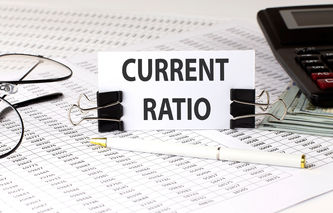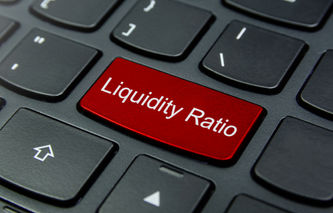Definition
The cash ratio is a measure of liquidity. The calculation only requires three inputs from the balance sheet: cash, marketable securities, and current liabilities. The cash ratio is one of several measures used by investors to understand a company's ability to pay debt coming due in the next 12 months.
Calculation
Cash Ratio = (Cash + Marketable Securities) / Current Liabilities
Explanation
The cash ratio is the most restrictive of the three liquidity ratios that utilize the balance sheet. The current ratio includes all current assets, while the quick ratio removes inventories and prepaid expenses. The cash ratio goes one step further by removing accounts receivable from current assets. In doing so, this measure only considers current assets that are in complete control of the company.
Marketable securities can be quickly turned into cash. As this ratio approaches 1.0, the company no longer has to worry about collecting money from customers (accounts receivable) to meet its short term debt obligations.
While some sources will state creditors would like a cash ratio of 0.5 or greater, others state the value should be closer to 1.0. As is the case with the other liquidity metrics, a ratio that is too high can indicate the inefficient use of capital resources. When drawing conclusions about the relative performance of a company, benchmark comparisons should be made with competitors in the same industry.
Example
Company A's balance sheet indicates cash and cash equivalents of $2,219,000 and short term investments of $1,461,000. Total current liabilities are $5,441,000. The cash ratio for Company A would then be:
= ($2,219,000 + $1,461,000) / $5,441,000 = $3,680,000 / $5,441,000, or 0.68



.png)